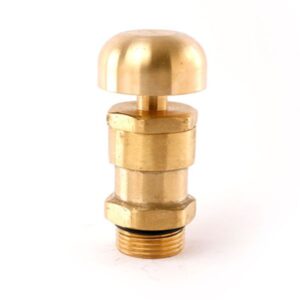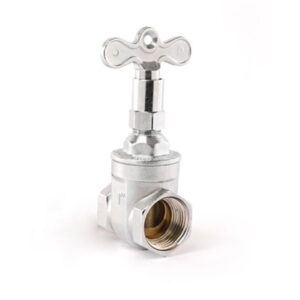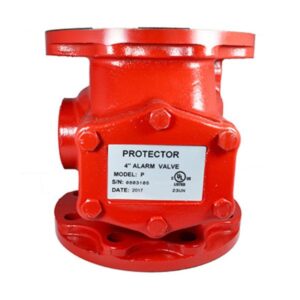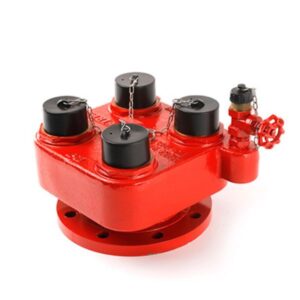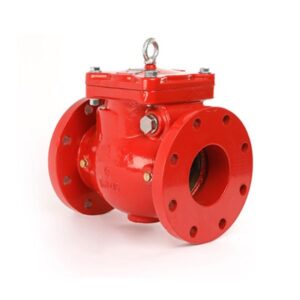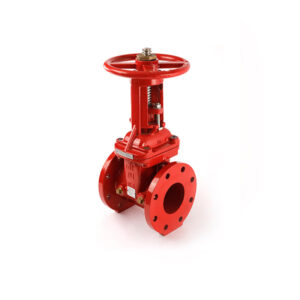Fire Fighting Products
AIR RELEASE VALVE
AIR RELEASE VALVEFeatures
1) Greater air flow rates
2) Lightweight for easy transport and installation
3) Longer life and less maintenance
4) Easily disassembled for cleaning and replacing internal parts
5) Self – cleaning
Specifications
| Material | Copper Alloy |
| Testing pressure | 20 Bar (290 PSI) |
| Maximum working pressure | 12 Bar (175 PSI) |
| Inlet | BSP thread 1” |
| Temperature Range | 80°C (for water) |
| Temperature Range | 180°C(for stream) |
LOCK SHIELD VALVE
LOCK SHIELD VALVESpecifications
|
Maximum pressure conditions |
||
|
Max pressures (bar) |
20.0 bar on 100°c |
9.0 bar on 180°c |
|
Test pressure |
Shell 30.0 Bar |
Seat 22.0 bar |
ALARM CHECK VALVE
ALARM CHECK VALVESpecifications
| Size | 4” & 6” |
| Max working pressure | 17.5 bar |
| Mounting | Vertical |
BREECHING INLET
BREECHING INLETSpecifications
| Size | 100mm(4”) / 150mm(6”) |
| Material | Ductile Iron |
| Test pressure | Hydrostatic pressure> 21 bar to BS 5041 – 3 clause 4.3 |
| Inlet Connection | Instantaneous BS336 Male BS5041 – 3 Clause 4.2 |
| Outlet Connection | Complied to BSEN 1092-3
BS5041 – 3 Clause 4.2 |
| Connectors | The inlet connectors for attaching the hose with male instantaneous connector complying with BS336 |
| Blank cap and chain | Provide with female cap to BS 5041 – 3 Clause 9 |
| Drain valve | Incorporated 1” male threads to BS 5041 – 5 clause 8.3 |
| Manufactured in accordance to | VS5041 Part 3 |
| Maximum working pressure | 12 Bar |
CHECK VALVE
CHECK VALVESpecifications
| Valve Standard | Conforms to AWWA C508, Clear waterway |
| Working Pressure | 21 BARS/ 300PSI
Temperature : -10°c to 110°c Fusion bonded epoxy coated RAL3002 |
| Flanged Ends | ANSI B16.1 Class125/150/250,
EN1092-2 PN10/PN16 BS10 Table D/Table E |
OS&Y Gate Valve
OS&Y Gate ValveSelect options This product has multiple variants. The options may be chosen on the product page
OS&Y Gate Valve
OS&Y Gate ValveOS & Y gate valve commonly used to control water flow to fire sprinkler systems OS&Y means “outside stem and yoke” or “outside screw and yoke”. OS&Y gate valves operate by opening and closing via a gate, which lowers into or rises out of the valve. Raising the gate allows water to flow through the valve while lowering the gate cuts off the water flowing through the valve. When fully open, the typical gate valve has no obstruction in the flow path, resulting in very low friction loss.
Select options This product has multiple variants. The options may be chosen on the product page


